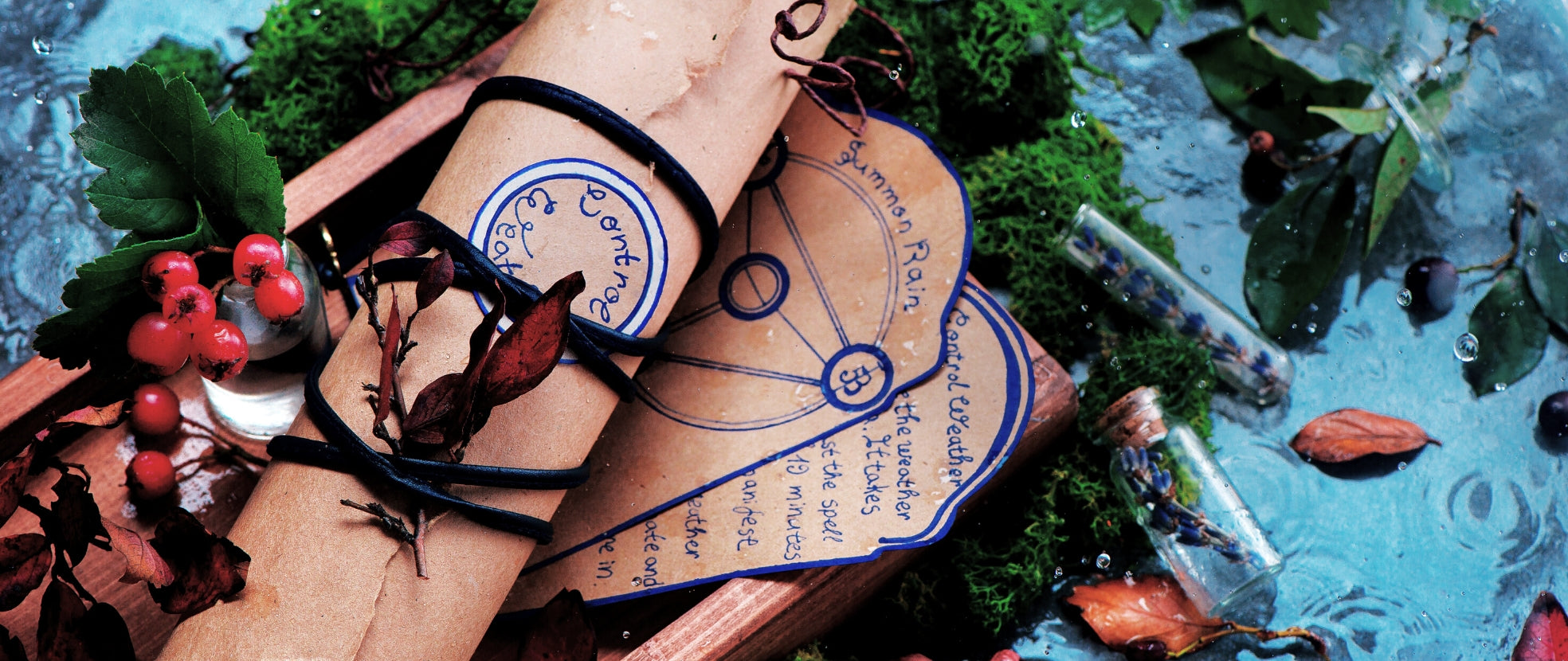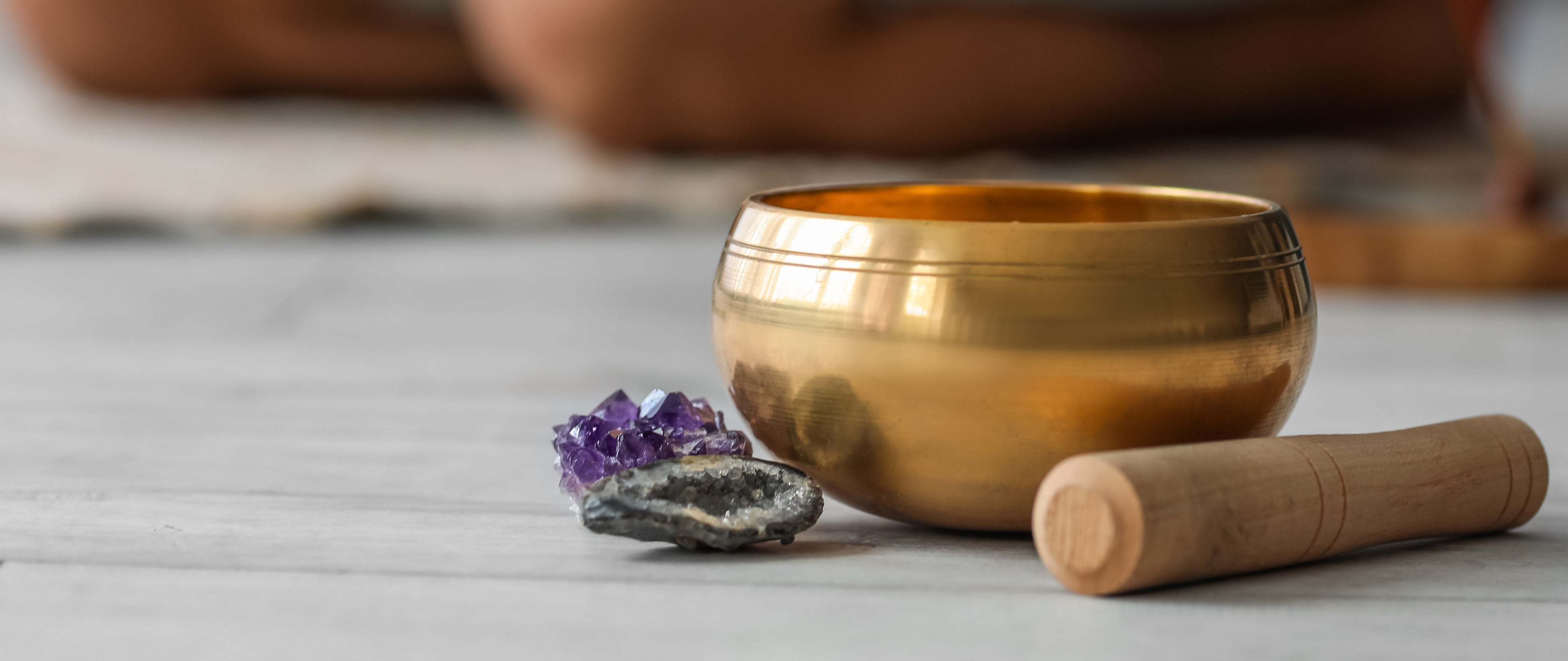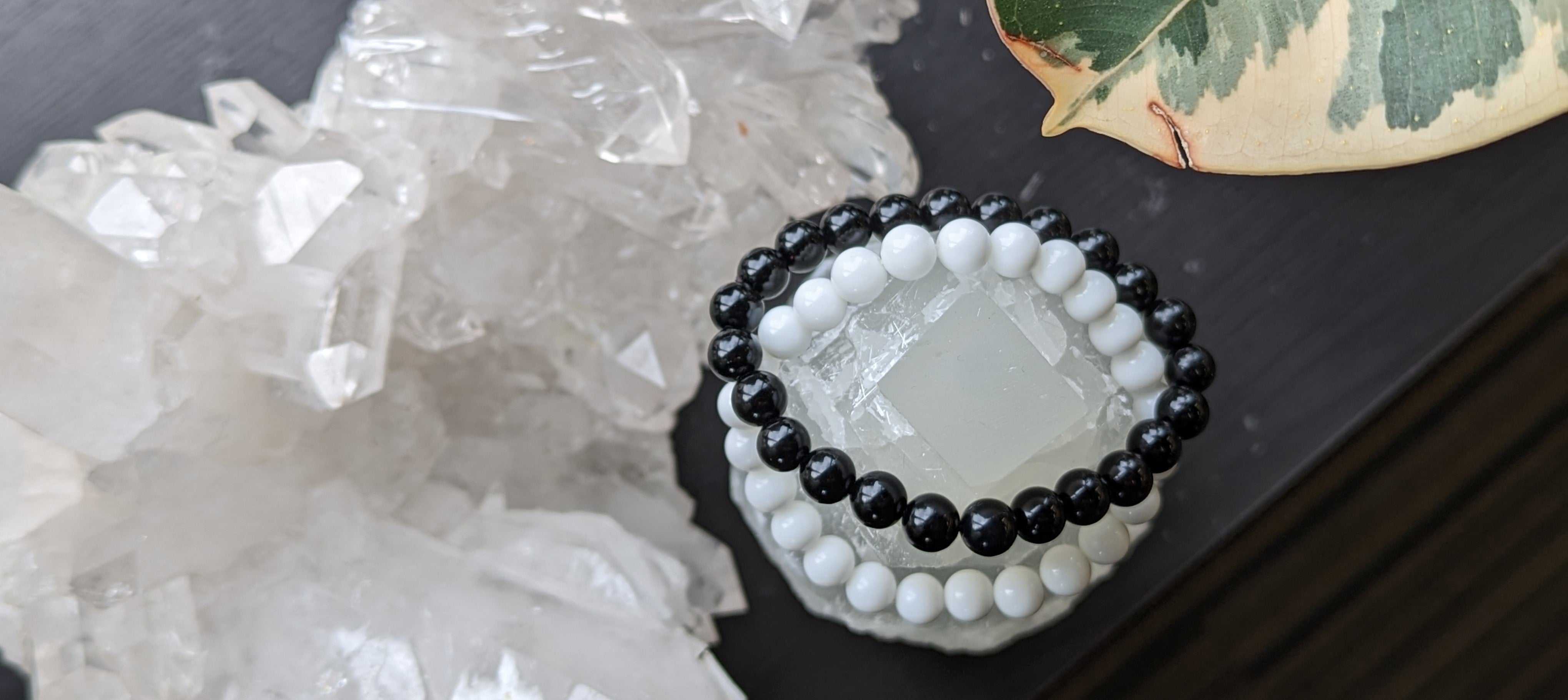Rhodonite is typically pink to red with some black inclusions of manganese oxide.
An uncommon material, rhodonite can only be found in several small deposits across the world, including Russia, Canada, Peru, Brazil, Argentina, Sweden, Australia, and India. In the U.S., it has been found in New Jersey, Colorado, North Carolina. Massachusetts named rhodonite as their state gem.
The Physical Properties of Rhodonite
Rhodonite belongs to the pyroxenoid group of minerals “ a manganese inosilicate that occurs in granular or massive habits, coxcomb aggregates, compact groupings, and transparent crystals in tabular form. When in massive form, the mineral is often red to rose-pink with black dendritic patches or veins of manganese oxide that run through it.
It can also be brownish-red or orange-red.
Rhodonite is of variable composition as it often contains amounts of calcium, magnesium, and iron. It has the value of 5.5-6.5 on the Mohs scale as well as perfect cleavage and high specific gravity. It is translucent with pearly and glassy brilliance and sometimes has dark red luminescence.
The History of Rhodonite
Rhodonite got its name from rhodon, the Greek word for rose. It was discovered in the Ural Mountains near Maloe Sidelnikovo (Russia) in the 1790s. The locals first called it orletz, which is Russian for the eagle stone, because they noticed eagles in their region carrying small pieces of rhodonite to their nests. That is why it became a tradition to place a small stone in their babies' cradles.
Massive blocks of rhodonite (up to 50 tons apiece) were mined from this and many other locations throughout the Urals. The stones were used for jewelry and ornamental carvings, and it became Russia's national stone in 1913.
Rhodonite is also called Pink Marble, Vermilion Jade, or Peach Blossom Jade, and in the Urals it is known as Ruby Spar, Hornstone, bakan, and orletz.
The Lore of Rhodonite
The rhodonite crystal is believed to have heart-warming and beautiful qualities that resonate with the human heart. It helps in returning one's spirit to its natural state of bliss by opening up blockages in the heart chakra. People make things complicated, while joy is simple.
Rhodonite reflects the dualism in nature because, despite being beautiful, rose also has thorns. That is why rhodonite teaches to accept and forgive, even when love becomes painful.
When things fall apart, we have to give our best to put things together. When the heart suffers, there is a fine line between holding grudges and self-preservation.
The Metaphysical Properties of Rhodonite
With rhodonite crystal properties shining around you, you will feel your heart grow wiser and bigger. The stone will open up your spirit to infinite possibilities, helping you transform quarrels and conflicts into understanding and love.
Its vibrations are a remedy for calming frayed nerves, anger, fear, and anxiety, replacing them with the feelings of stability, well-being, and self-worth. Rhodonite works with the heart chakra, is supportive, and helps ground your negative energies. You can use it to rediscover your inner gifts and remind yourself of your soul’s purpose as well as that the best rewards come only from serving the good.
In terms of health benefits, rhodonite is believed to support the healing of the organs (especially the liver) and detoxification. It can help to heal ailments of the nervous system, lungs, and heart, as well as reduce inflammation and swelling.





